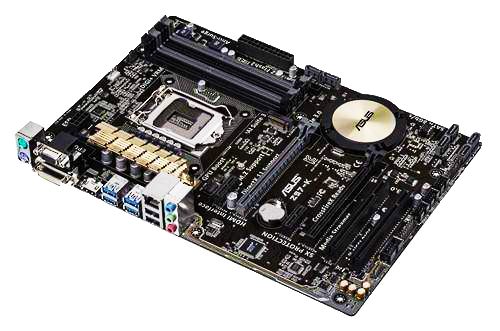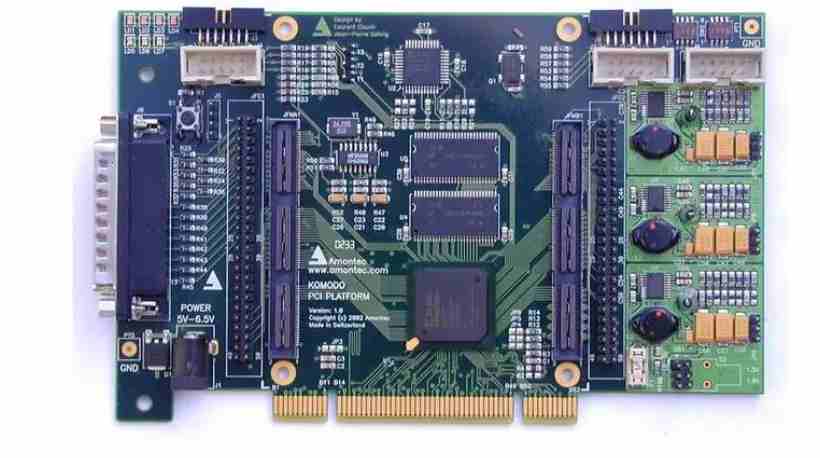
We usually need to quickly estimate the resistance value of a wire or a plane on a printed circuit board, rather than making complicated calculations. Although there are circuit board layout and signal integrity calculations available that can accurately calculate the resistance of outgoing lines, there are times in the design process when we want to take a quick, rough estimate. One way to do this easily is called "cube statistics." With this method, the resistance value of any geometric line can be accurately estimated in a few seconds (accuracy of about 10%). Once this method is mastered, the area of the PCB to be estimated can be divided into several squares. After counting the number of all squares, the resistance value of the entire line or plane can be estimated. Basic concept The key concept of block statistics is that a square printed circuit board of any size has the same resistance value as a square of any other size in the routing (thickness determined). The resistance value of the positive block depends only on the resistivity of the conducting material and its thickness. This concept can be applied to any type of conductive material.
For circuit boards, the most important material is copper, which is the material from which most circuit boards are made (note: aluminum is used in the metallization of chip cores in integrated circuits, and this principle applies to aluminum as well). Let's start with the copper square in Figure 1. The length of the copper block is L, the width is also L(because it is square), the thickness is t, and the cross-sectional area of the copper foil region through which the current passes is A. The resistance of the copper block can be expressed simply as R=ρL/A, where ρ is the resistivity of the copper (an inherent property of the material, 0.67μΩ/in at 25℃).

But note that section A is the product of length L and thickness t (A=Lt). The L in the denominator cancels out with the L in the numerator, leaving R=ρ/t. Therefore, the resistance of the copper block is independent of the size of the block, it only depends on the resistivity and thickness of the material. If we know the resistance value of a copper square of any size, and can decompose the entire line to be estimated into multiple squares, we can add (count) the number of squares to obtain the total resistance of the line. To realize this technique, we only need a table which shows the functional relationship between the resistance value of a square on the PCB board route and the thickness of the copper foil. Copper foil thickness is generally specified by copper foil weight. For example, 1oz of copper refers to 1oz per square foot. The weight of the four most commonly used copper foils their resistivity at 25℃ and 100℃. Note that since the material has a positive temperature coefficient, the copper resistance value increases with temperature. For example, we now know that a square of copper foil weighing 0.5oz has a resistance of about 1 meω, independent of the size of the square. If we can divide the PCB routing we need to measure into multiple virtual blocks, and then add these blocks together, we can get the resistance of the routing. Let's take a simple example. A rectangular copper wire will weigh about 0.5oz at 25 ° C and will be 1 inch wide and 12 inches long. We can divide the line into a series of squares, each with a side length of 1 inch. So we have a total of 12 beepers. Each 0.5oz copper foil square has a resistance of 1mΩ. There are now 12 squares, so the total resistance of the lines is 12mΩ.
What about turning?
For the sake of understanding, we have a very simple example, but let's look at a more complex one.
First of all, in the previous example, we assumed that the current was flowing in a straight line along one side of the block, from one end to the other. However, if the current takes a right Angle, the situation is somewhat different. In the previous example, we assumed that the current was flowing in a straight line along one side of the block, from one end to the other. If the current were to take a right Angle, we would find that the current path in the lower left part of the block would be shorter than the upper right part. The higher current density as the current flows through the corner means that the resistance of a corner square can only be calculated in terms of 0.56 squares. Now we see that the current path of the lower left part of the block is shorter than the upper right part. As a result, the current will crowd the lower left area where the resistance is low. So the current density in this region is going to be higher than in the upper right region. The distance between the arrows indicates the difference in current density. As a result, the resistance of a corner square is equal to only 0.56 squares.
Similarly, we can make some modifications to the connectors welded to the printed circuit board. Here, we assume that the connector resistance is negligible compared to the copper foil resistance. We can see that if the connector occupies a large portion of the copper foil area to be evaluated, the resistance in that area should be reduced accordingly.






